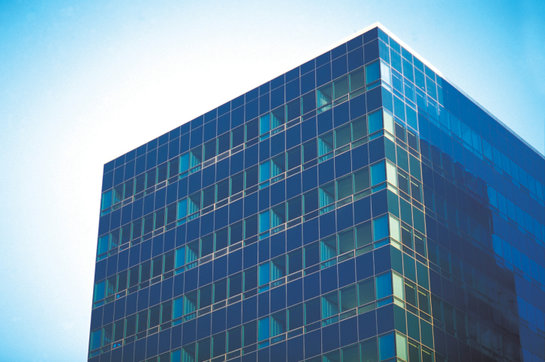
The key to improving commercial building resilience is simply knowing your building inside and out. Literally.
As we explained in one of our previous blogs, “Facilities Management Trends for 2015,” a resilient building is one which is equipped to handle the worst effects of climate change and man-made threats. Some cities, like New York, have begun to incorporate resiliency into its building codes. Meanwhile, the U.S. Green Building Council is making resilience a policy priority as well. What you want to know, however, like so many other building owners and facility managers, is how to make your commercial building more resilient.
Improve Resilience in Existing Buildings by Planning Ahead
It is important to be one step ahead – planning, creating checklists, and pre-thinking the effects of potential risks. Just remember Murphy’s Law: Anything that can go wrong, will go wrong. And, in many cases, this will produce a domino effect, leading to costly downtime and expensive repairs. We call this accumulated risk. The solution: building resilience.
- Hazard Assessment: What poses a threat to your business? Examine every threat thoroughly and develop an emergency plan for each of those threats. Fire and life safety problems come first, followed by routine maintenance. The key to building resilience is planning. Plan for large amounts of water, wind, and lightning, as well as man-made threats.
- Checklists: Your step-by-step list on how to shut down the building should include critical building systems, important switches, and an occupant contact list for emergency notifications. Post these lists where everyone can easy see or find them.
- Flooding: You need to protect against those areas with flood gates, and consider installing a backflow device to prevent sewage line backup.
- Backup Power Plan: A backup generator can be a real lifesaver – literally. But don’t forget to properly maintain such an important system. And don’t forget to put the generator above flood level.
- Electrical Equipment: Similar to your generator, it is important to make sure electrical equipment is out of harm’s way – above flood level.
- Your First Line of Defense: The roof is a commercial building’s first line of defense. Consider investing in a maintenance program with a reputable vendor. Preventive maintenance is a great way to keep your systems – from your roof to your HVAC system – in tip-top shape.
- Practice: As they say, practice makes perfect. Well, training for potentially hazardous scenarios can make all the difference should one of those scenarios become reality.
The key to improving building resilience is simply knowing your building inside and out. Literally. Walk the inside and outside of your commercial building and look for potential problem areas.
Building Resilience with Mechanical Contractor, Crockett Facilities Services
Crockett Facilities Systems knows buildings inside out. Maintaining the mechanical and HVAC equipment in commercial buildings is our only focus – so we know how to build resiliency in existing buildings.
We provide peace of mind to our commercial and government customers, who trust us to keep their buildings’ mechanical and heating and cooling equipment operating at peak performance, without downtime. Crockett Facilities Services earned the Mechanical Service Contractors of America (MSCA) GreenStar National Designation for Environmental Excellence, demonstrating environmental responsibility and a commitment to energy-saving practices. The MSCA GreenStar designation is a very exclusive designation given to less than 1% of HVACR contractors.
To learn more about How to Make a Commercial Building More Resilient, please contact CFSI at 202.600.2787 or sales@crockett-facilities.com. In addition to mobile HVAC and preventive maintenance services, we also offer on-site engineering services.
Like us on Facebook; follow us on LinkedIn, Twitter, and Google+.
Sources:
